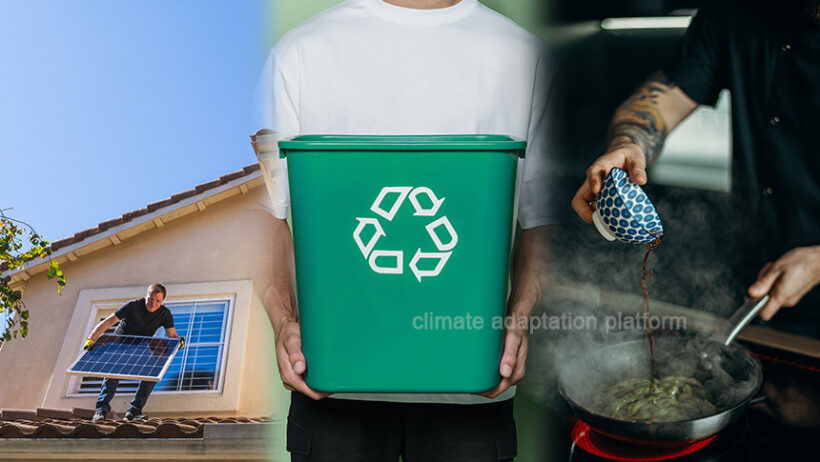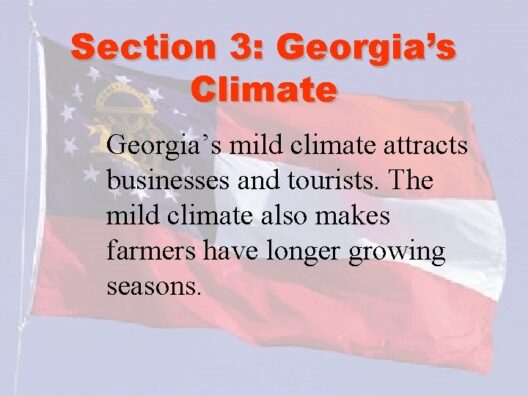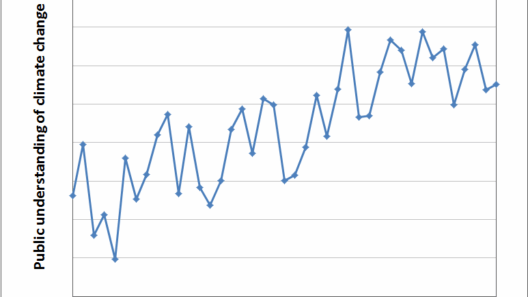The issue of climate change looms large over our collective future, an omnipresent specter that demands immediate and concerted action. To mitigate its devastating effects, we must embark on a multifaceted journey that transforms not only our environmental practices but also our very perspectives on consumption, conservation, and community. Herein lies a path forward—one that intertwines innovative solutions with a robust collective consciousness. Let us delve into the myriad strategies essential for confronting this existential crisis head-on.
Inhale the reality of our current trajectory; the numbers are undeniable. Global temperatures are rising, weather patterns are shifting erratically, and ecosystems are teetering on the brink of collapse. Yet, hope is not lost. A transformative approach can lead to substantial strides in mitigating climate change’s effects and enhancing adaptability. This necessitates not just incremental changes, but a radical reorientation of how we interact with the planet.
Understanding the critical importance of deeply committed engagement at every level—individual, corporate, and governmental—is vital if we are to alter the course of our interactions with our environment.
One of the most impactful actions we can take is embracing renewable energy sources. Shifting from fossil fuels to solar, wind, and hydropower dramatically reduces greenhouse gas emissions. Harnessing solar energy through residential panels and community solar farms is becoming increasingly accessible, democratizing energy production. The transition not only decreases reliance on non-renewable resources but also creates jobs and stimulates local economies.
Moreover, investing in wind energy—both offshore and onshore—offers an effective way to capture the natural resources we have in abundance. Innovations in battery storage technology are allowing for the effective utilization of these renewable resources, ensuring that power generation can meet demands even when the sun isn’t shining or the wind isn’t blowing.
However, the transition to renewable energy is only part of the equation. Energy efficiency is equally crucial in our collective effort to mitigate climate change. This means rethinking our consumption patterns and adopting technologies and behaviors that minimize energy use without sacrificing comfort or convenience. Consider retrofitting older buildings with better insulation, utilizing energy-efficient appliances, and promoting smart home technologies that optimize energy use.
As we pivot towards efficiency, we must not forget the role of transportation. The shift from gas-guzzling vehicles to electric or hybrid options creates an immense opportunity for sustainability. Improved public transportation systems can provide equitable access while dramatically reducing emissions. Cities across the globe are investing in cycling infrastructure, pedestrian-friendly zones, and electric public transit systems; each is a step towards less pollution and healthier communities.
Transitioning how we produce and consume goods requires a cultural shift. We must reconsider our penchant for disposable products and embrace a circular economy—a model in which we minimize waste by reusing, refurbishing, and recycling materials. Promoting a culture of reusability not only conserves resources but also fosters innovation in sustainable design, encouraging businesses to develop products that are easier to recycle and suitably durable.
As we promote sustainable practices within our consumption habits, the impact can be profound. Engaging in local food movements, such as community-supported agriculture (CSA) and farmers’ markets, not only supports local economies but also drastically reduces the carbon footprint associated with transporting goods. Eating a plant-based diet is another pivotal lifestyle change; the agricultural sector, particularly livestock production, is one of the largest contributors to greenhouse gas emissions. By reducing meat consumption, we can directly affect climate change while bolstering our health and well-being.
Another cornerstone of climate mitigation lies in protecting existing ecosystems and investing in restoration efforts. Forests, wetlands, and marine environments act as natural carbon sinks, absorbing CO2 from our atmosphere. Initiatives to restore degraded landscapes not only restore ecological balance but also promote biodiversity, which is crucial for resilient ecosystems. Conservation strategies, such as implementing protected areas and sustainable land-use practices, underscore our responsibility to coexist harmoniously with nature.
The power of policy cannot be overstated. Advocating for unequivocal governmental commitments to climate action is essential for prompting widespread change. Legislative measures such as carbon pricing can incentivize businesses to minimize their emissions and innovate sustainable practices. Participation in international accords—such as the Paris Agreement—signals collective resolve to address climate issues. Local governments must also play an instrumental role, crafting policies that incentivize green infrastructure, renewable energy investments, and community resilience initiatives.
Catalyzing a societal-wide transformation requires communal engagement and grassroots advocacy. Mobilizing local communities promotes awareness and fosters collaborative solutions tailored to unique ecological contexts. Educational programs that inform individuals about climate science, conservation practices, and sustainable living can empower communities to take action. Social media can amplify these messages, mobilizing movements and galvanizing community action steeped in collective responsibility.
Finally, we must invite curiosity and innovation into the dialogue surrounding climate change. Embrace the potential of technology and science to drive forward-thinking solutions—such as carbon capture technologies, sustainable agriculture innovations, and biotechnology. Encouraging interdisciplinary collaboration can illuminate paths forward that may not yet be visible, unlocking potential futures that reconcile our existence with the planet.
In conclusion, while the challenges posed by climate change are formidable, a myriad of actionable strategies beckon our attention and commitment. By cultivating a culture of sustainability, investing in renewable resources, and galvanizing collective action, we can begin to rechart our course. It is a journey that necessitates unwavering resolve and an indomitable spirit, as we work towards a world that prioritizes the health of our planet and all its inhabitants. The promise of a greener future lies within our grasp—let us seize it.







